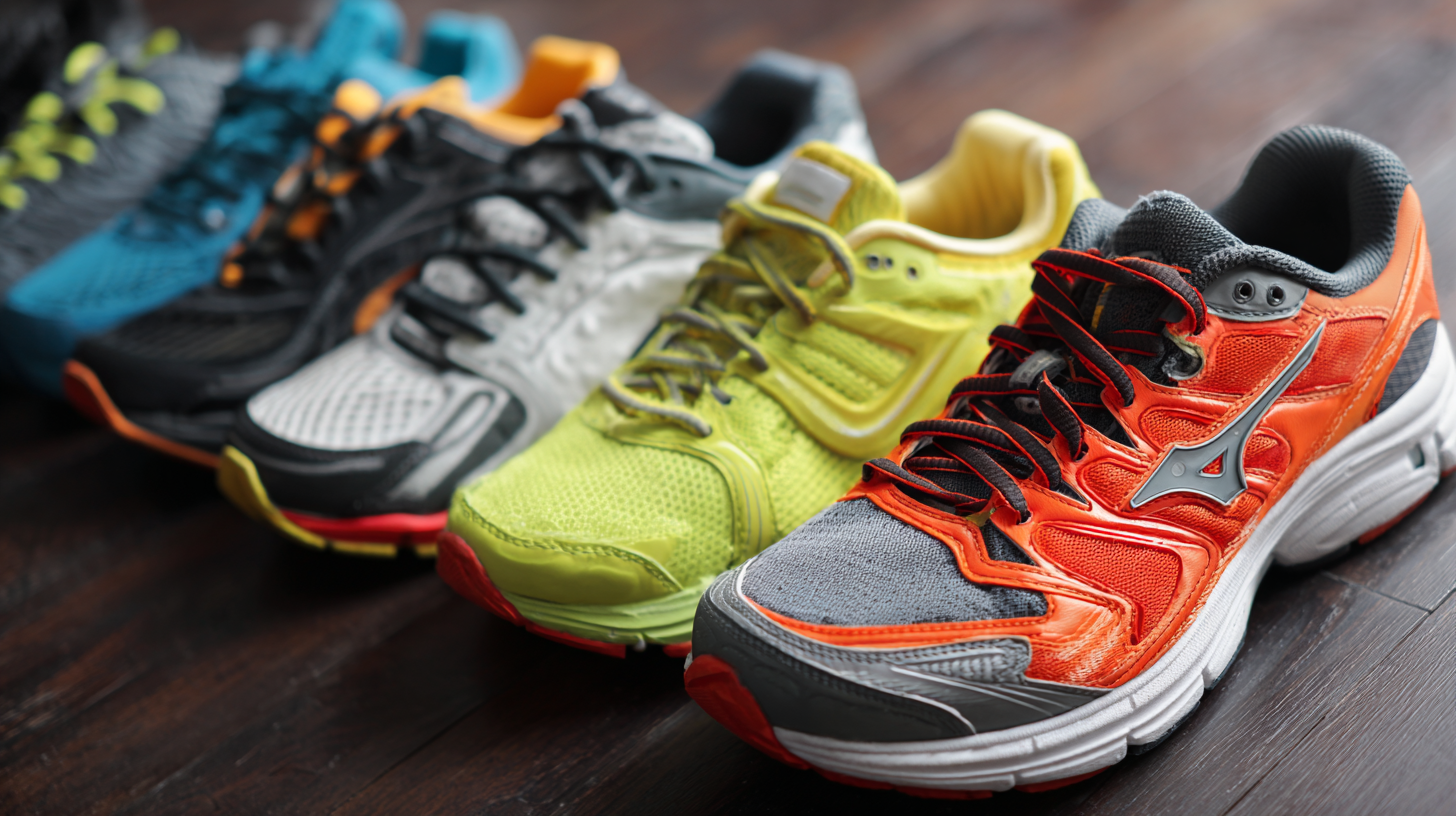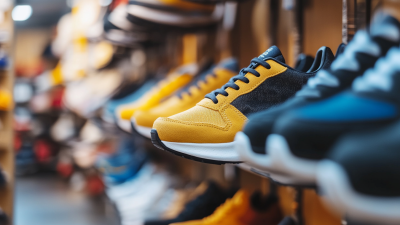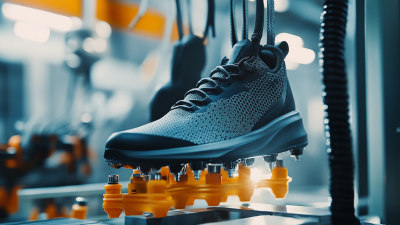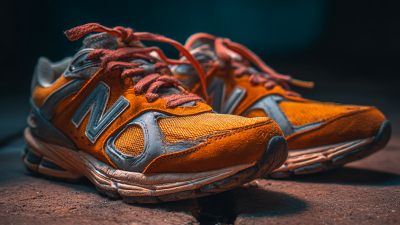
In the dynamic world of sports and fitness, the importance of selecting the right athletic shoes cannot be overstated. According to a report by the American Orthopedic Foot & Ankle Society, approximately 75% of Americans will experience foot problems, many of which can be exacerbated by improper footwear. Athletic shoes play a crucial role in enhancing performance, preventing injuries, and providing the necessary support tailored to individual sports.
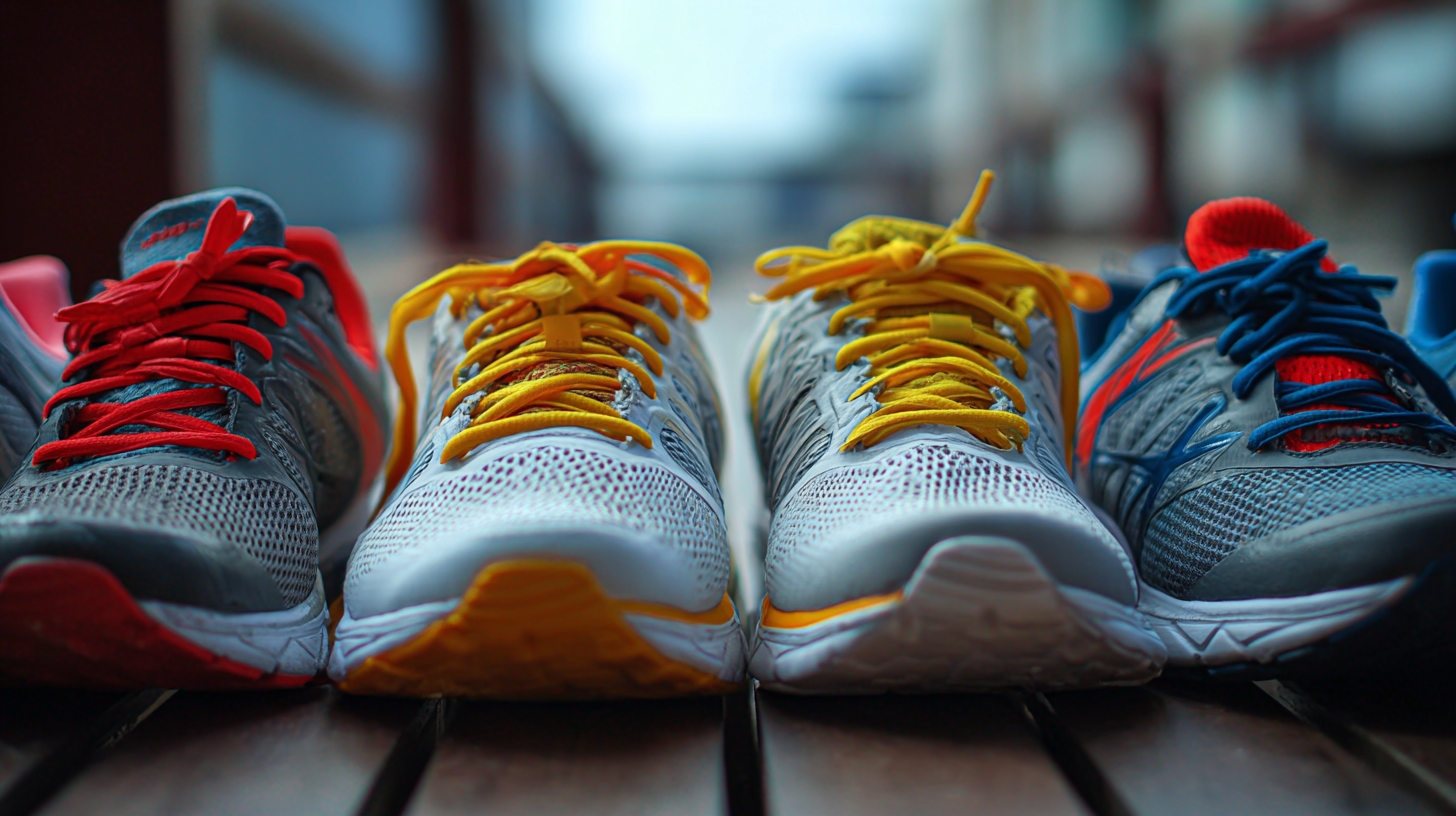
With the global athletic footwear market projected to reach over $100 billion by 2025, it’s evident that consumers are recognizing the vital impact of quality athletic shoes on their athletic endeavors. This guide aims to illuminate the process of choosing the perfect athletic shoes for every sport, helping athletes at all levels unlock their full potential while ensuring their comfort and safety on the court, field, or track.
When it comes to optimizing athletic performance, selecting the right footwear for your specific sport is crucial. Sport-specific shoes are designed to cater to the unique demands of different activities, ensuring that athletes not only perform better but also reduce the risk of injury. For instance, basketball shoes offer ankle support and traction on the court, while running shoes provide cushioning and breathability for endurance.
Tips: When choosing athletic shoes, always consider the surface on which you'll be performing. For example, trail runners need shoes with better grip and durability for uneven terrain, while those participating in indoor sports should look for shoes with non-marking soles. Furthermore, pay attention to your arch type—high, normal, or flat—as this will affect the level of support needed in your shoes and can significantly impact your comfort and performance.
Another key factor is fit. A proper fit allows for optimal movement and prevents blisters or discomfort during activities. Make sure to try on shoes in the afternoon when your feet are slightly swollen, as this will give you a more accurate representation of how they will feel during your performance. It’s also wise to replace shoes regularly, as worn-out footwear can compromise support and change your gait, ultimately hindering your athletic capabilities.
When it comes to selecting the right athletic shoes, assessing your foot type and gait is crucial for performance and injury prevention. A study by the American Orthopaedic Foot & Ankle Society indicates that approximately 70% of runners experience some form of injury each year, often due to improper footwear choices. Understanding your foot type—whether it's neutral, flat, or high-arched—can significantly influence which shoes will provide the necessary support and comfort. For instance, individuals with flat feet may benefit from stability or motion-control shoes, while those with high arches might find greater comfort in cushioned, flexible footwear.
Additionally, analyzing your gait can further refine your shoe selection. The Journal of Sports Sciences highlights that gait analysis not only helps in understanding how your foot strikes the ground but also assists in determining the best level of cushioning and support needed. For example, overpronators, who roll their feet inward excessively while running, should look for shoes designed to correct this motion. When making a choice, it’s advisable to visit a specialized running store that offers gait analysis services, as this tailored approach can lead to better athletic performance and a reduced risk of injuries, ultimately unlocking your potential in your chosen sport.
When selecting athletic shoes, evaluating key features such as cushioning, support, and traction is crucial for optimizing performance in any sport. According to recent research, the right cushioning can significantly reduce the impact on joints during high-intensity activities. For instance, studies indicate that shoes with advanced foam technology can provide up to 30% more shock absorption compared to conventional models, making them ideal for runners who alternate between road and trail conditions.
Support is another essential aspect of athletic footwear. Proper arch and heel support not only enhance comfort but also prevent injuries commonly associated with overuse. Research shows that athletes wearing properly fitted shoes with adequate support are 40% less likely to sustain ankle sprains and other related injuries. Additionally, traction is vital for sports that involve quick movements and changes in direction, as a shoe with high-traction outsoles can significantly improve grip and stability on various surfaces.
As trends evolve, hybrid shoes designed for both road and trail running are gaining popularity, combining the best of both worlds by offering the necessary features for diverse conditions. With thorough testing, it has been revealed that these models often include elements like rock protection and superior grip, thus catering to the needs of outdoor enthusiasts looking for versatility in their athletic footwear.
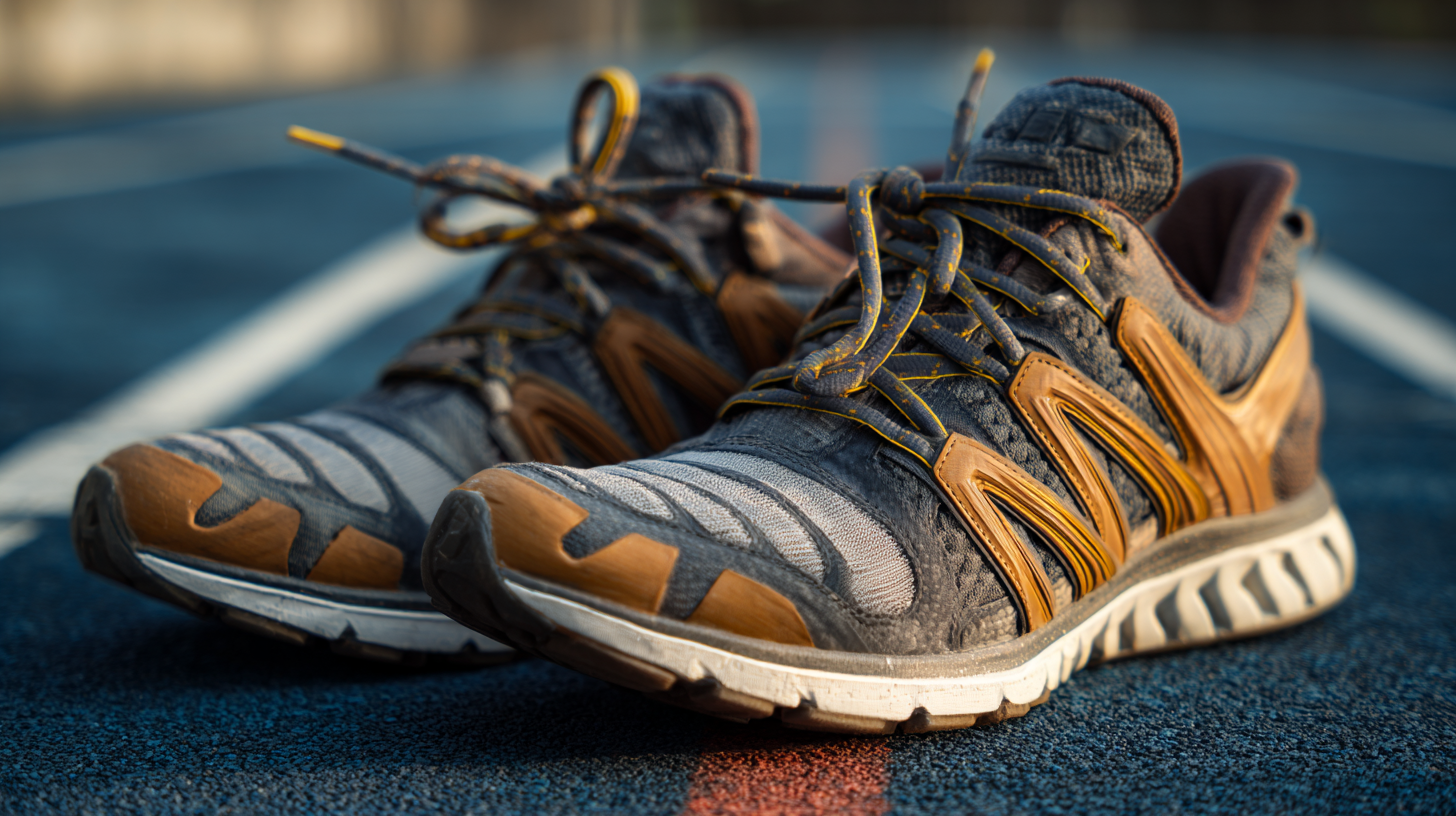
Choosing the right athletic shoes is crucial for enhancing performance and preventing injuries across various sports. According to a recent report by Grand View Research, the global sports footwear market is expected to reach $102.9 billion by 2025, driven by innovations from leading brands such as Nike, Adidas, and Under Armour. These companies are continually integrating cutting-edge technologies into their footwear, focusing on improved comfort, durability, and traction.
Nike’s Flyknit technology, for example, has revolutionized the way running shoes are designed by providing a lightweight, adaptive fit that accommodates the foot’s movement. Similarly, Adidas has embraced sustainability with its Parley shoes, which are made from recycled ocean plastic, targeting environmentally-conscious athletes. Brand loyalty is not just about performance but also sustainability, as a report from the Sports and Fitness Industry Association revealed that 60% of consumers prefer brands committed to ethical practices. As athletes become more discerning about their footwear choices, staying informed about these innovations is essential for selecting the right shoe for your sport.
Athletic shoes are integral to enhancing performance and ensuring safety across various sports. However, to maximize their benefits, proper maintenance and timely replacement are essential. According to a report by the American Academy of Orthopaedic Surgeons, approximately 70% of athletes experience foot injuries, often due to wearing worn-out shoes. Regularly inspecting shoes for signs of wear, such as uneven soles or frayed seams, can help prevent injuries and maintain optimal performance levels.
Replacing athletic shoes is not solely based on their appearance. The American Podiatric Medical Association recommends replacing shoes every 300 to 500 miles or every few months, depending on frequency of use and intensity of activity. This guideline is crucial since shoe cushioning and support diminish over time, impacting not just performance but also overall physical health. Proper care, including regular cleaning and storage away from extreme temperatures, can extend the life of shoes, ensuring that athletes can rely on their gear when it matters most.
